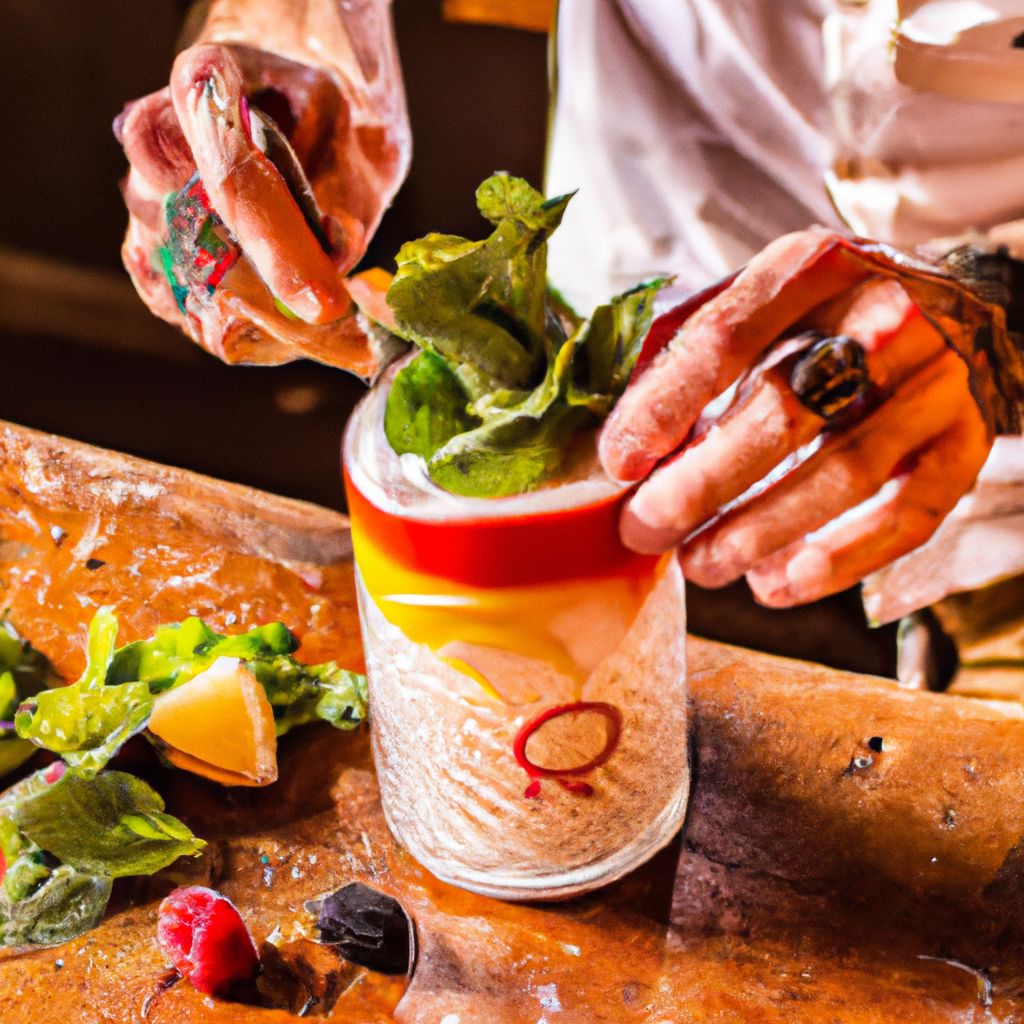- Introduction: The Art of Mixology
- Understanding Mixology: The Science Behind the Craft
- Basic Tools for Mixology: Kit Essentials
- The Importance of Quality Ingredients in Mixology
- Exploring Different Spirits and Mixers: The Building Blocks of Cocktails
- Mastering Basic Cocktail Recipes: The Foundation of Mixology
- Creating Signature Cocktails: The Art of Balancing Flavors
- Experimentation in Mixology: The Role of Innovation and Creativity
- Presentation and Garnishing: The Aesthetics of Cocktails
- Mixology and the Guest Experience: Personalization and Interaction
- Conclusion: The Ultimate Satisfaction of Crafting Signature Cocktails
Introduction: The Art of Mixology
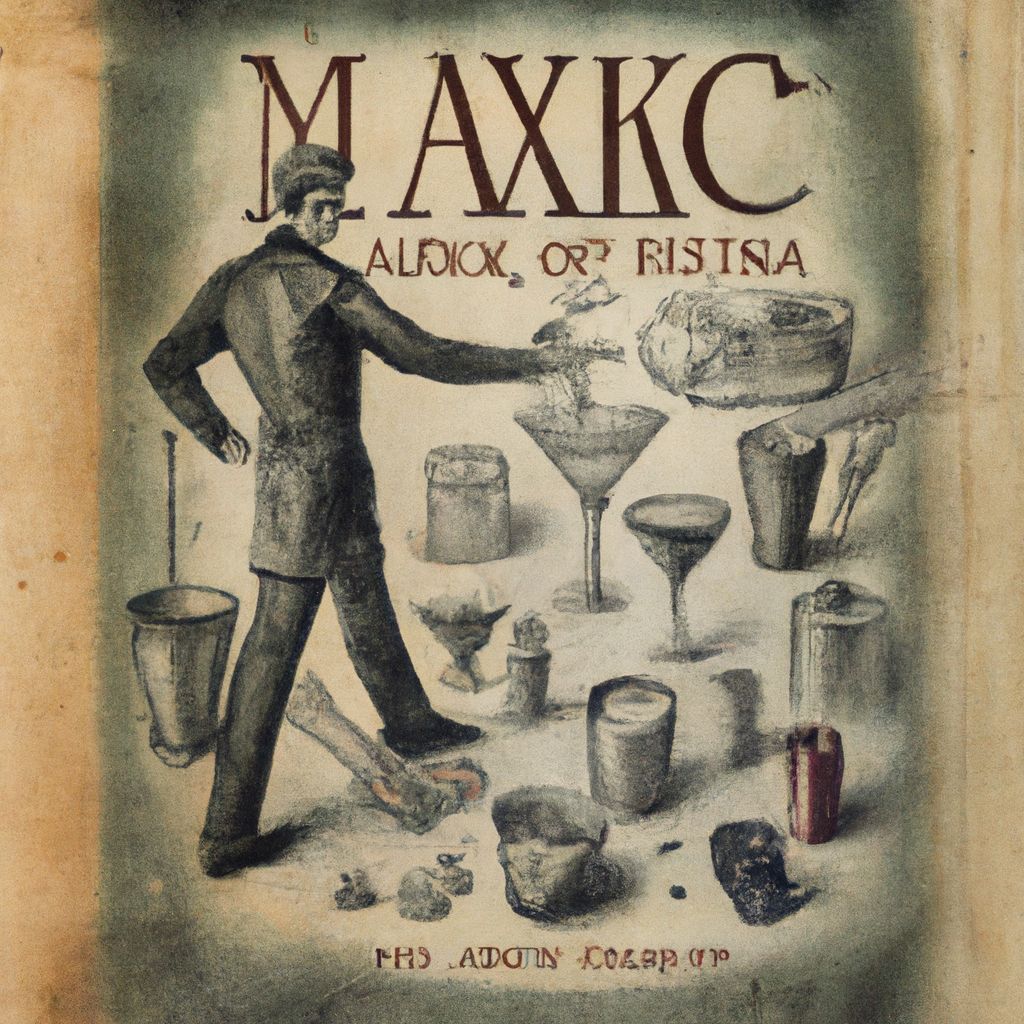
The art of mixology - a term that refers to the craft of mixing cocktail drink recipes - is a sophisticated discipline that combines knowledge, skill, and creativity. Much like a chef in a kitchen, a mixologist is a professional who is deeply familiar with the tools and ingredients required to create unique, flavorful experiences for the palate. Not merely confined to the act of blending drinks, mixology represents a passion for understanding the history of spirits, the science behind flavors, and the art of presentation.
From the first-ever recorded cocktail in the early 19th century, the evolution of mixology has been vibrant and diverse, echoing changes in societal tastes and trends. Today, mixology has risen from the confines of bars and pubs and has found a place in culinary arts, with dedicated schools, courses, and certifications available for those interested in this craft. Hence, whether you're an aspiring bartender, a cocktail enthusiast, or just someone who appreciates a well-crafted drink, understanding mixology can elevate your appreciation for this art form.
This article will delve into the world of mixology, focusing on the creation of signature cocktails. We'll explore how mixologists combine different elements to create a unique, memorable drinking experience.
Understanding Mixology: The Science Behind the Craft

At its core, mixology is a science. It hinges on the understanding of how different ingredients interact with each other, specifically in terms of their flavors, textures, and colors. This goes beyond simply knowing that gin pairs well with tonic, or that a sprig of mint can elevate a mojito. It's about comprehending the underlying chemistry and physics at play when various ingredients are combined in a cocktail.
For instance, the principle of density plays a significant role in layered cocktails. By understanding that different liquids have varying densities, a skilled mixologist can carefully pour ingredients to create visually stunning layers in a glass. Similarly, the concept of solubility is critical when it comes to the incorporation of various sweeteners or flavorings into a cocktail.
Furthermore, mixologists need to understand the concept of taste and aroma. Our taste buds can only perceive five basic tastes: sweet, sour, salty, bitter, and umami. However, our nose can identify thousands of different aromas. By skillfully combining flavors and aromas, mixologists can create a symphony of taste that is greater than the sum of its parts. This is often achieved through the use of bitters, infused syrups, and aromatic garnishes.
A scientific approach to mixology also extends to the understanding of temperatures and their impact on taste. Research shows that temperature can affect our perception of taste, with certain flavors becoming more pronounced at higher temperatures. Therefore, a mixologist must skillfully manipulate the temperature of a cocktail to bring out its optimum flavor profile.
Thus, the science of mixology is a fascinating blend of chemistry, physics, and even psychology, all aimed at creating an unforgettable cocktail experience.
Basic Tools for Mixology: Kit Essentials

Just as a painter needs brushes and paints, a mixologist requires specific tools to create cocktail masterpieces. Here's a rundown of the key components of a basic mixology kit:
- Shaker: This is essential for mixing ingredients together and chilling them simultaneously. The two main types are the Boston shaker and the Cobbler shaker. The former is preferred by many professional bartenders for its versatility and ease of use.
- Jigger: Precision is key in mixology, and a jigger is used to ensure accurate measurements of all ingredients. They typically have two sides - one for measuring a single shot, and one for a double.
- Strainer: A strainer is used to separate solid ingredients (like fruit or ice) from the liquid, ensuring a smooth cocktail. Hawthorne and Julep strainers are the most commonly used types.
- Bar Spoon: This long-handled spoon is used for stirring and layering drinks. It can also be used for measuring small amounts of ingredients.
- Muddler: A muddler is used to crush ingredients to release their flavors. It's commonly used in cocktails like the Mojito and Old Fashioned.
- Citrus Juicer: Fresh juice can make a significant difference in cocktails, and a citrus juicer is a must-have tool for extracting fresh juice from lemons, limes, oranges, and other fruits.
- Peeler and Zester: These are used to create garnishes and to add fresh citrus zest to cocktails.
Investing in high-quality tools is a must for any aspiring mixologist. They not only make the process of creating cocktails easier and more efficient, but they also allow for greater precision and consistency.
The Importance of Quality Ingredients in Mixology

The quality of ingredients used in a cocktail can make or break the final outcome. Much like in cooking, using fresh, high-quality ingredients can significantly elevate a drink, leading to richer flavors and a more enjoyable drinking experience.
Firstly, the choice of spirits forms the backbone of any cocktail. Choosing high-quality spirits will not only enhance the flavor of the cocktail, but it can also make it smoother and more palatable. Research shows that cheap spirits often contain more impurities, which can lead to a harsher taste and a higher likelihood of a hangover.
Next, fresh fruit and herbs are crucial. They provide a cocktail with vibrant flavors and aromas that simply cannot be replicated with bottled juices or dried herbs. Freshly squeezed lemon or lime juice, for example, has a bright acidity that is far superior to bottled versions. Similarly, fresh herbs, like mint or basil, provide a burst of flavor that dried herbs cannot match.
Lastly, the choice of sweeteners and bitters can greatly influence a cocktail's taste. High-quality sweeteners, such as organic sugar or honey, can add depth and complexity to a drink. Moreover, artisanal bitters, which are concentrated infusions of various botanicals, can add a layer of sophistication and complexity to a cocktail that is hard to achieve otherwise.
Therefore, never underestimate the importance of quality ingredients in mixology. They are the building blocks of a great cocktail, and investing in them can take your mixology skills to the next level.
Exploring Different Spirits and Mixers: The Building Blocks of Cocktails
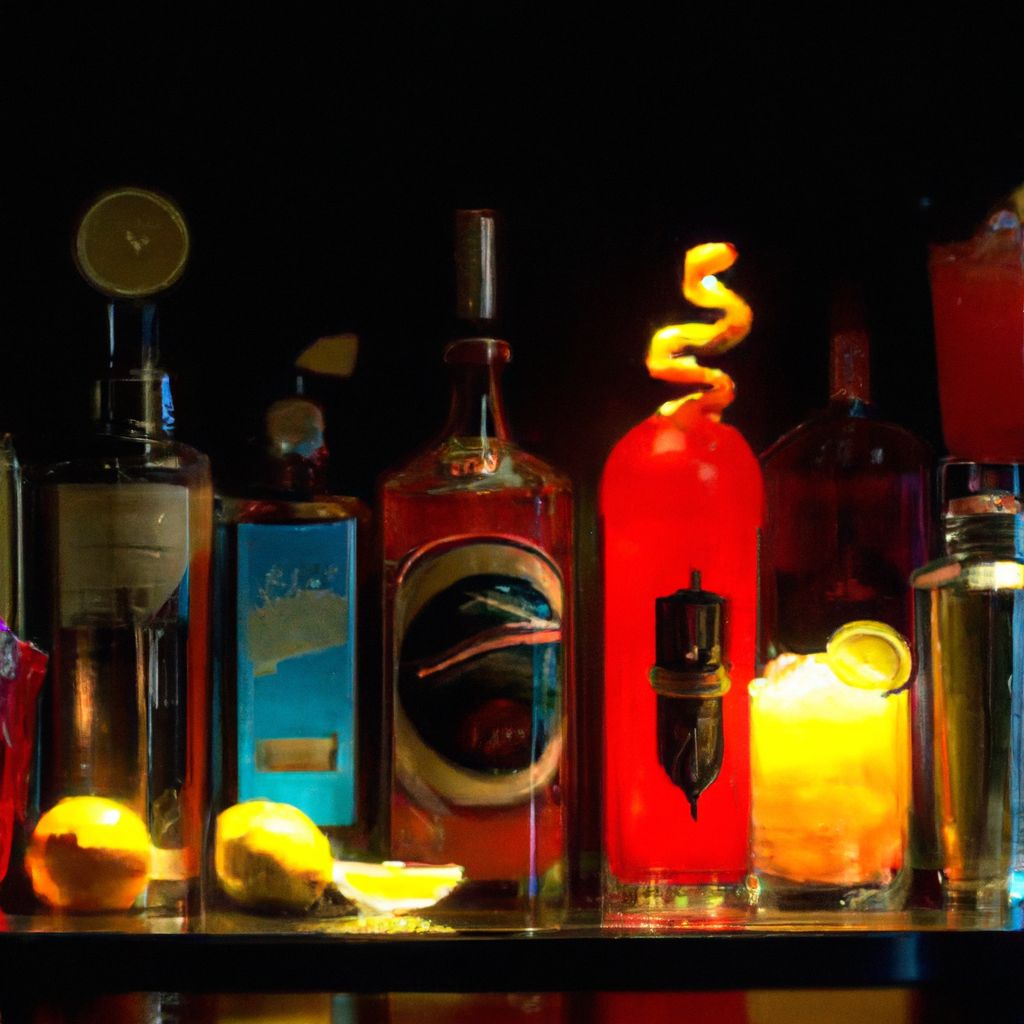
The wide variety of spirits and mixers available today provides an exciting playground for the modern mixologist. Each spirit has its unique characteristics and flavor profile, and understanding these can help a mixologist create balanced and flavorful cocktails.
Spirits such as vodka, gin, rum, tequila, whiskey, and brandy form the base of most cocktails. Vodka is known for its neutral flavor, making it a versatile choice for many cocktails. Gin, with its distinct botanical flavors, adds complexity and depth to a drink. Rum, available in light and dark varieties, brings sweetness and richness respectively to cocktails. Tequila imparts a unique earthy and citrusy flavor, while whiskey and brandy, with their warm and complex notes, are often used in sipping cocktails.
Beyond spirits, a myriad of other alcoholic and non-alcoholic mixers play a crucial role in cocktail creation. Vermouth, Campari, and other liqueurs can add sweetness, bitterness, or herbal notes to a cocktail. Non-alcoholic mixers like soda water, tonic water, and various fruit juices help balance the strength and flavor of the spirits. Additionally, ingredients like cream, egg whites, and even coffee can be used to add texture and flavor to a cocktail.
Furthermore, the use of bitters can significantly enhance a cocktail's flavor profile. These highly concentrated infusions of various botanicals can add a layer of complexity and depth to a cocktail, making it more enjoyable and interesting. Angostura and Peychaud's are among the most commonly used bitters in mixology.
In conclusion, understanding the characteristics of different spirits and mixers is an integral part of mixology. It allows a mixologist to experiment with various combinations and create unique, flavorful cocktails.
Mastering Basic Cocktail Recipes: The Foundation of Mixology
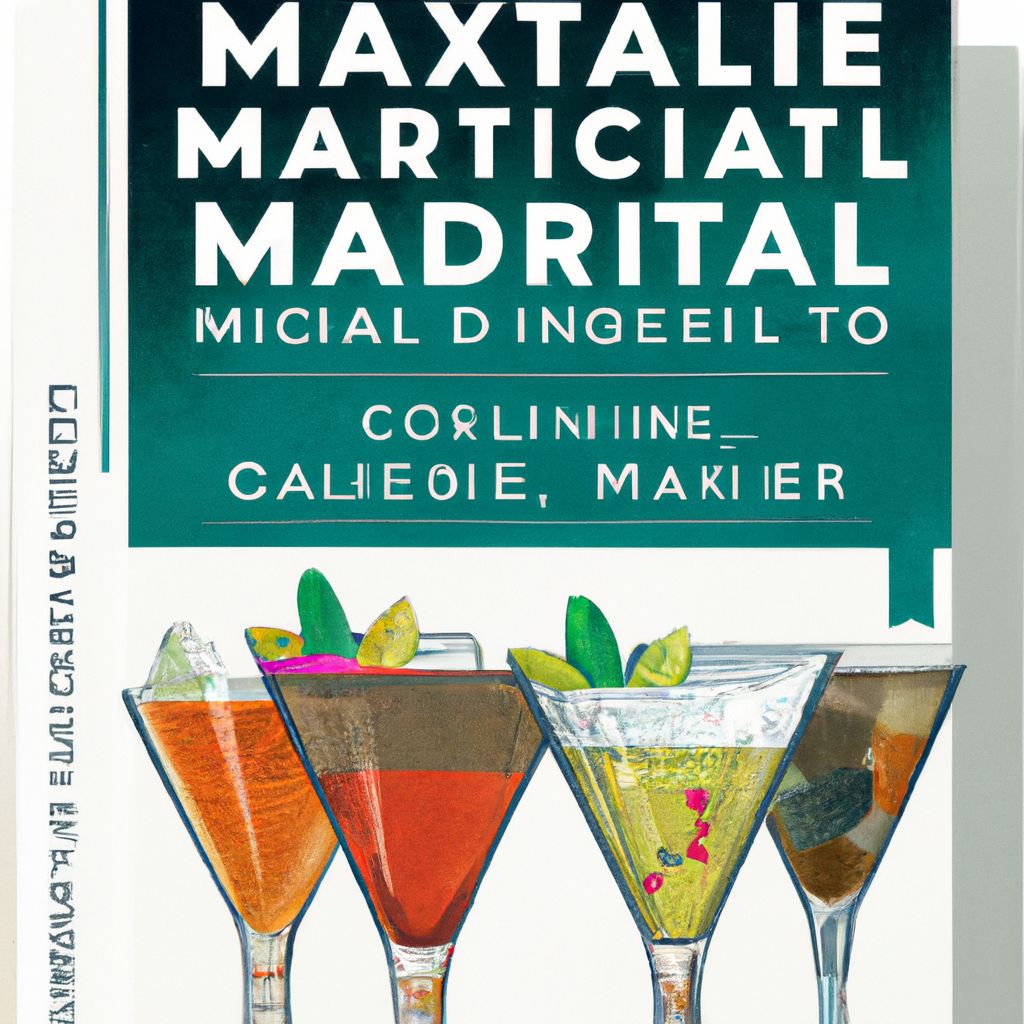
Before venturing into creating signature cocktails, mastering the basics is a crucial step. Understanding and perfecting classic cocktail recipes provides a solid foundation on which to build and innovate. Here are a few timeless cocktails that every mixologist should know:
- Martini: A classic martini is made with gin and dry vermouth, garnished with a lemon twist or olive. The ratio of gin to vermouth can be adjusted according to personal preference.
- Mojito: This refreshing Cuban cocktail is made with white rum, fresh lime juice, sugar, fresh mint leaves, and soda water. It's a perfect balance of sweetness, citrus, and mint flavors.
- Old Fashioned: A traditional old fashioned is a simple combination of bourbon (or rye whiskey), sugar, and Angostura bitters, garnished with an orange twist. Its simplicity allows for the quality of the whiskey to shine through.
- Margarita: A classic margarita is made with tequila, fresh lime juice, and Cointreau (or another orange liqueur), served with a salt rim. Its balance of sweet, sour, and salty flavors makes it a perennial favorite.
- Manhattan: A Manhattan cocktail is a strong, sipping cocktail made with rye whiskey, sweet vermouth, and Angostura bitters, garnished with a cherry. The sweet vermouth balances the strength of the whiskey, resulting in a smooth and complex drink.
These classic recipes not only teach you the art of balancing flavors but also help you understand how different ingredients interact with each other. Once you've mastered these, you'll be well-prepared to start creating your own signature cocktails.
Creating Signature Cocktails: The Art of Balancing Flavors

Creating a signature cocktail is an art form that requires a keen understanding of flavors, a dash of creativity, and a willingness to experiment. It allows mixologists to express their individuality and creativity, taking the craft of mixology to new heights.
The first step in creating a signature cocktail is choosing a base spirit. This forms the backbone of the cocktail and its flavor should shine through. The base spirit should then be complemented with other ingredients that enhance its flavor, rather than overpower it.
Next, it's crucial to achieve a balance of flavors. A well-balanced cocktail should have just the right mix of sweet, sour, bitter, and strong elements. For instance, if a cocktail is too sweet, it can be balanced out by adding more citrus or a dash of bitters. Conversely, if it's too bitter or strong, adding a sweetener or diluting it with a mixer can help.
Another key aspect of creating a signature cocktail is the use of unique ingredients or techniques. This could be a homemade syrup infused with a unique flavor, a rare or exotic spirit, or a novel presentation technique. This not only adds a personal touch to the cocktail but also makes it stand out.
Finally, remember that creating a signature cocktail is a process of trial and error. It requires patience and persistence, as you may need to adjust the proportions and ingredients several times before you achieve the perfect balance. So, don't be afraid to experiment and let your creativity flow!
In conclusion, creating a signature cocktail is a rewarding journey that allows you to express your unique style and creativity in mixology. It's all about balancing flavors, using quality ingredients, and adding a personal touch to create a cocktail that is uniquely yours.
Experimentation in Mixology: The Role of Innovation and Creativity

While tradition holds a significant place in mixology, innovation and creativity are the driving forces that keep the craft fresh and exciting. Mixologists around the world are constantly pushing the boundaries of what's possible in a cocktail glass, leading to the creation of new flavors, presentations, and techniques.
One area where creativity is thriving is in the use of unconventional ingredients. For instance, mixologists are now incorporating ingredients like avocado, beetroot, and even bacon into their cocktails. Similarly, some mixologists are experimenting with molecular mixology, using techniques from molecular gastronomy to create foams, gels, and edible cocktails.
Another innovative trend in mixology is the use of local and seasonal ingredients. This not only results in fresh, vibrant flavors but also supports local farmers and promotes sustainability. Mixologists are also creating their own homemade syrups, bitters, and infusions, allowing them to control the flavor and quality of these ingredients.
Beyond ingredients and techniques, mixologists are getting creative with their presentation as well. From smoking cocktails to interactive drinks that involve the customer, presentation is becoming an integral part of the cocktail experience.
Finally, technology is playing an increasing role in mixology. From apps that provide recipes and techniques to machines that can mix the perfect cocktail, technology is changing the way mixologists work.
In conclusion, while respect for tradition is important, it's the spirit of experimentation that keeps the craft of mixology vibrant and exciting. As a mixologist, don't be afraid to break the rules, try new things, and let your creativity shine.
Presentation and Garnishing: The Aesthetics of Cocktails
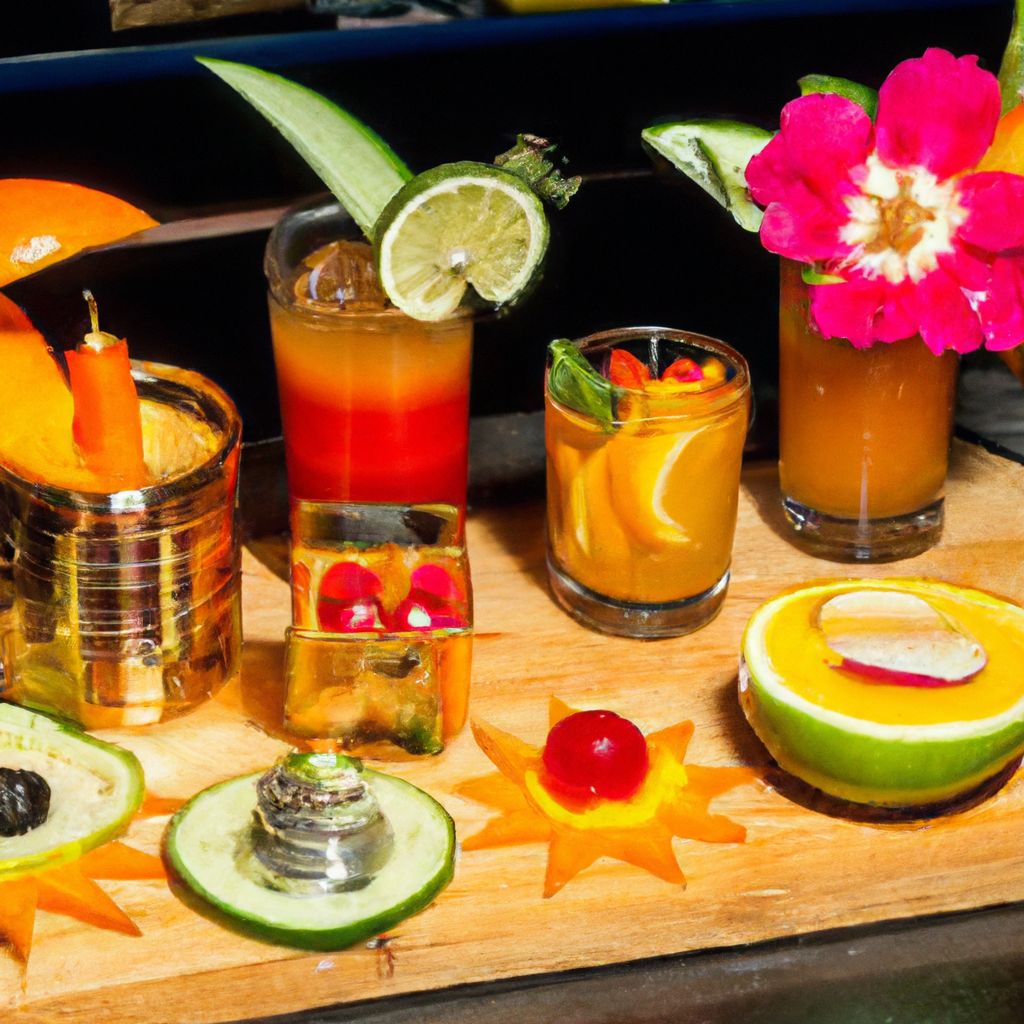
When it comes to cocktails, taste is paramount. However, the presentation can significantly enhance the overall experience, turning a simple drink into a memorable event. In mixology, the presentation is not just about aesthetics, but it also involves engaging the senses, creating anticipation, and telling a story.
Garnishing plays a critical role in the presentation of a cocktail. Not only can garnishes add color and visual appeal to a drink, but they can also enhance its taste and aroma. From a simple lemon twist or cherry to elaborate fruit skewers or edible flowers, garnishes can be as simple or extravagant as you want them to be. However, it's essential that the garnish complements the cocktail's flavor and doesn't overpower it.
The choice of glassware is another critical aspect of presentation. Different types of cocktails are served in different glasses, each designed to enhance the drinking experience. For instance, a Martini is served in a V-shaped glass to keep it chilled, while a Margarita glass has a wide rim for the salt or sugar. Choosing the right glass can elevate a cocktail and showcase its unique characteristics.
Besides garnishes and glassware, other elements like the use of ice, the layering of ingredients, and even the method of serving can add to the presentation. For instance, a cocktail served in a copper mug or a tiki glass immediately creates a sense of fun and festivity. Similarly, a smoking cocktail or a cocktail served with dry ice can add a touch of drama and excitement.
In conclusion, the presentation is an integral part of mixology. It's about creating a visual and sensory experience that complements the cocktail's taste, making it not just a drink, but a work of art.
Mixology and the Guest Experience: Personalization and Interaction

In the world of mixology, creating a unique and memorable guest experience is just as important as crafting the perfect cocktail. Personalization and interaction are key elements that can significantly elevate the guest experience, turning a simple visit to the bar into an unforgettable event.
Personalization involves tailoring the cocktail experience to the individual preferences of each guest. This could involve creating a custom cocktail based on the guest's preferred flavors and spirits, or adjusting the strength, sweetness, or acidity of a cocktail to suit their palate. Research shows that personalized experiences can lead to higher customer satisfaction and loyalty, making it a valuable strategy in the hospitality industry.
Interaction goes beyond merely serving a cocktail. It involves engaging the guest in the cocktail creation process, educating them about the ingredients and techniques used, and even allowing them to participate in the process. For instance, a mixologist could explain the history of a particular spirit, demonstrate the technique used to muddle fresh herbs, or let the guest choose their garnish. This interactive approach can make the guest feel involved and valued, enhancing their overall experience.
Furthermore, a mixologist can enhance the guest experience through their professionalism and passion. This includes having a deep knowledge of spirits and cocktails, keeping up with the latest trends in mixology, and demonstrating genuine enthusiasm for their craft. A mixologist's passion can be infectious, inspiring guests to explore and appreciate the world of cocktails.
In conclusion, mixology is not just about creating great cocktails, but also about providing an exceptional guest experience. By personalizing cocktails to individual tastes and engaging guests in the cocktail creation process, mixologists can create a unique and memorable experience that guests will want to relive.
Conclusion: The Ultimate Satisfaction of Crafting Signature Cocktails
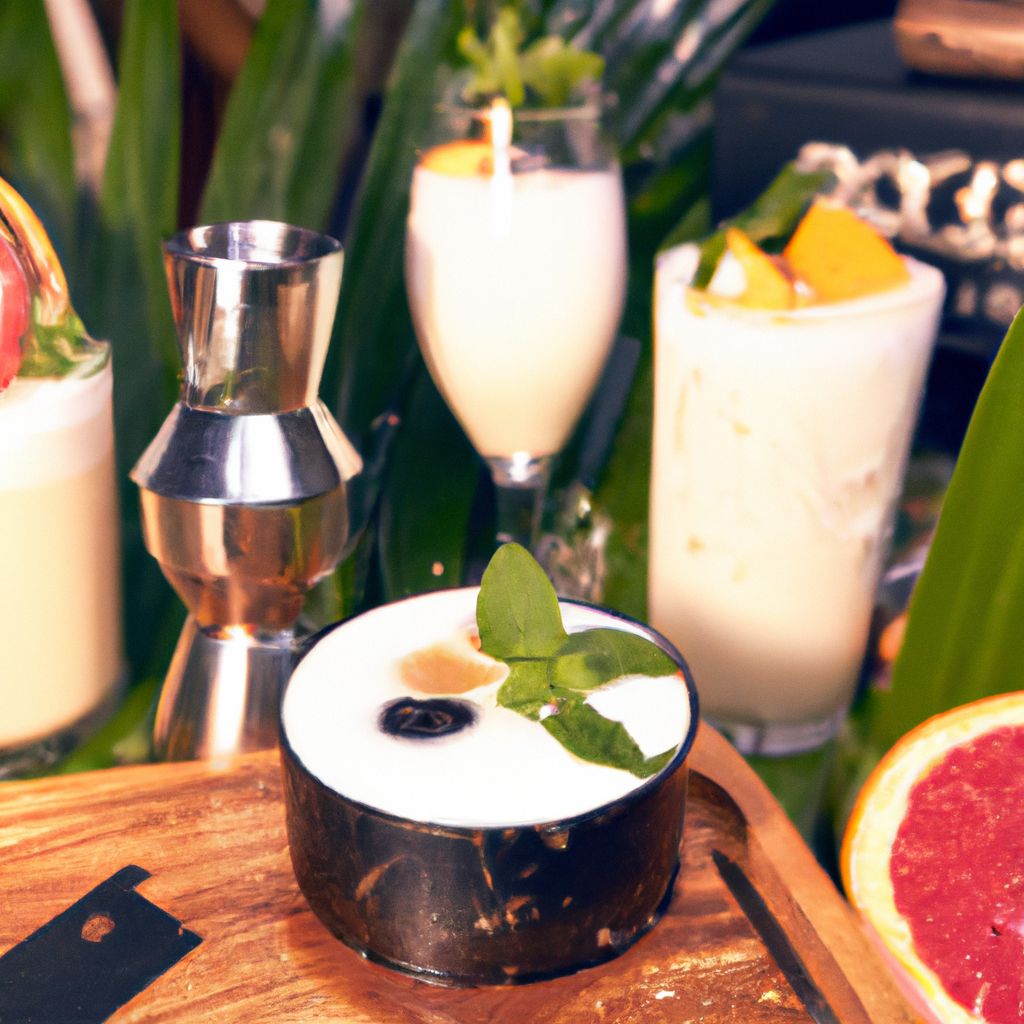
The craft of mixology is an exciting journey of exploration, creativity, and discovery. From understanding the science behind flavors, mastering the use of mixology tools, to creating your own signature cocktails, each step brings its own rewards and challenges. The ultimate satisfaction comes from witnessing the joy and appreciation in your guests as they savor the cocktails you've meticulously crafted.
Whether you're a professional bartender, an aspiring mixologist, or a cocktail enthusiast, the art of mixology offers endless opportunities for learning and growth. It's about pushing boundaries, experimenting with flavors, and constantly striving to create the perfect cocktail. It's more than just a craft - it's a passion, a science, and an art form that brings people together and creates unforgettable experiences.
So, as you embark on your mixology journey, remember to enjoy each step, learn from your mistakes, and never stop experimenting. After all, the world of mixology is as diverse and vibrant as the cocktails it creates. And who knows? You might just create the next classic cocktail that will be savored by generations to come.


